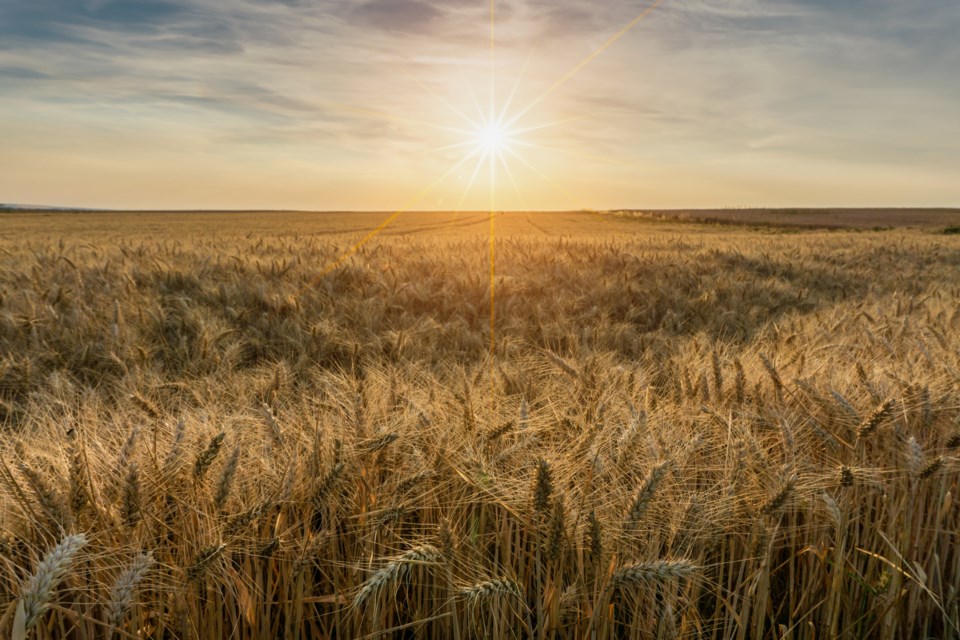REGINA - Crop yield potential has decreased in many parts of the province due to the dry heat, according to the crop report for the period of July 18 to 24. Producers are hoping for more rain before harvest to finish up seed filling. Harvest has begun in the driest areas of the province.
Desiccating of pulses has begun in the southwest and west central regions and combining of these fields will commence quickly. Cereal crops that cannot be harvested due to dry conditions and grasshopper damage are being salvaged for livestock feed to support neighbouring livestock producers.
There were several storms throughout the province this past week. Some resulted in rainfall amounts up to 37 to 40 mm which will give crops some reprieve from the heat stress and encourage seed fill. Many of the driest areas of the province received trace amounts of rain throughout the week. Producers are hoping for substantial moisture following harvest as some areas in the province have now gone more than 30 days without precipitation.
Topsoil moisture continues to decrease and is rated as 15 per cent adequate, 48 per cent short and 37 per cent very short. Hay and pasture land topsoil moisture is rated as eight per cent adequate, 43 per cent short and 49 per cent very short.
Crop conditions have also decreased due to extreme heat, rating from very poor to good. The areas of the province where timely rain has fallen are showing higher crop conditions.
Haying operations are almost complete with five per cent standing, 13 per cent cut and 82 per cent baled or silage. Hay quality is rated as four per cent excellent, 66 per cent good, 29 per cent fair and one per cent poor. Livestock producers who have not received adequate rainfall this season are reporting water and feed concerns.
Strong winds, drought stress, hail, extreme heat, grasshoppers and gophers took their toll on some crops this past week. Many producers stopped applying pest control products. Producers are reminded to be safe during their harvest operations such as taking frequent breaks and to remember to use every precaution available for fire prevention as the extremely dry conditions increase the risk of combine and grass fires.
Follow the 2023 Crop Report on Twitter at @SKAgriculture.




